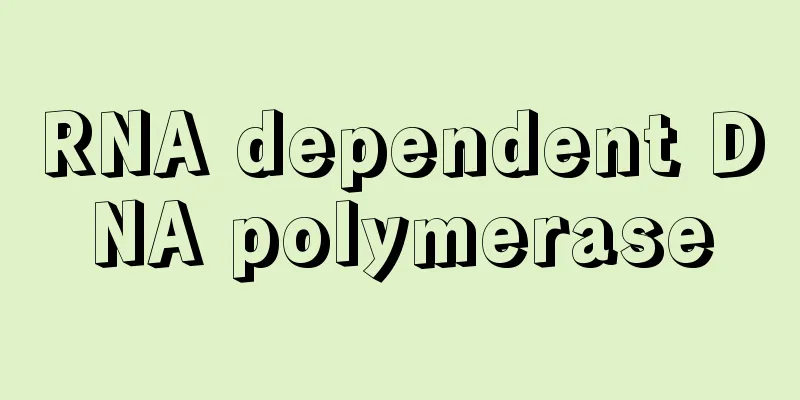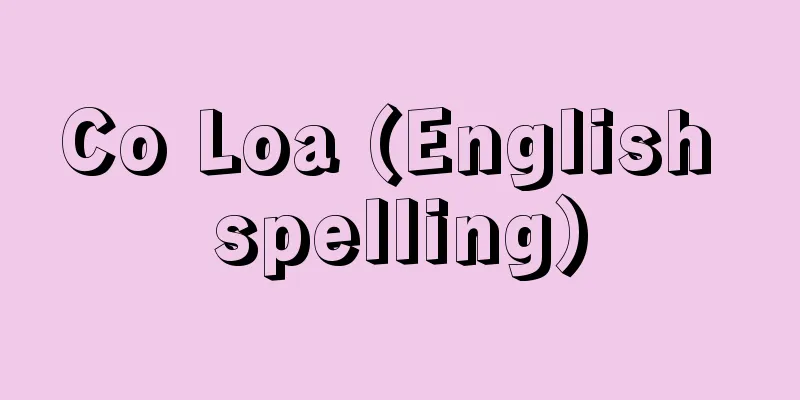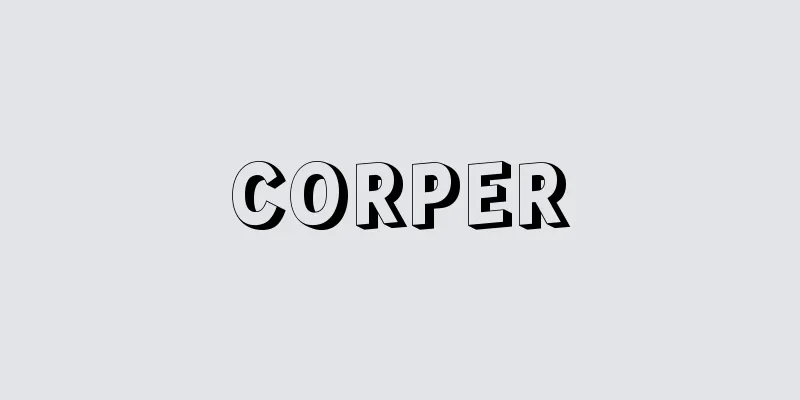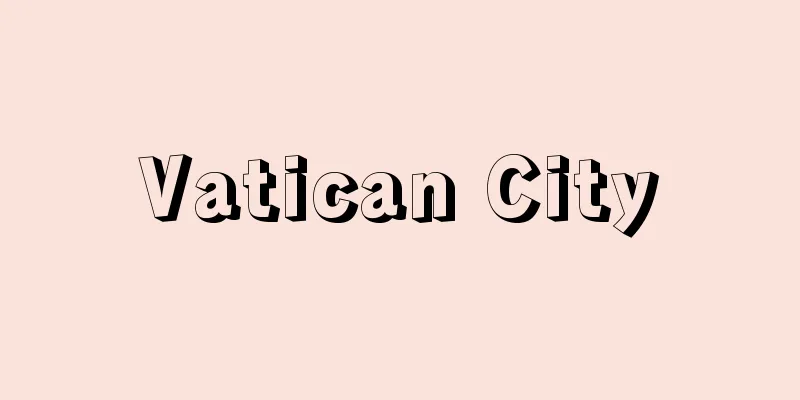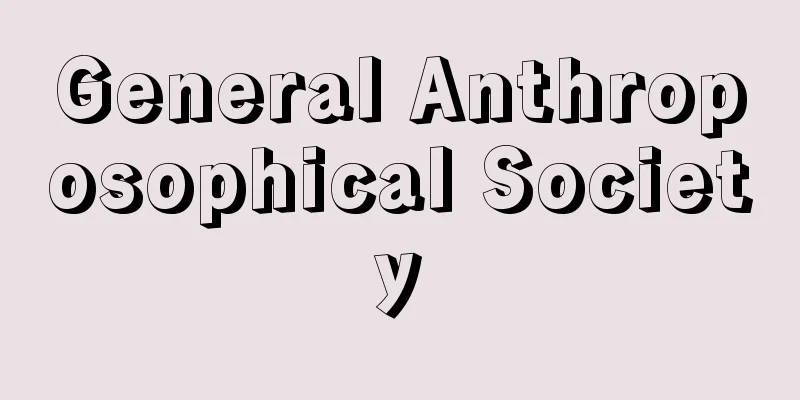Höch, H. (English spelling) HochH
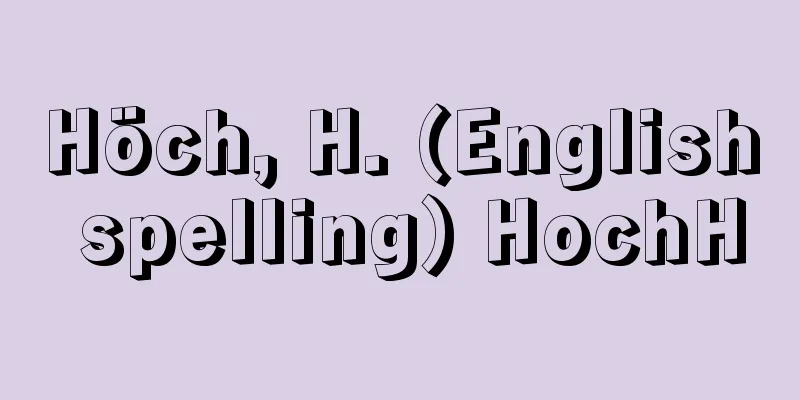
|
... Meanwhile in New York, around the same time, Dada-like circles were formed by M. Duchamp, who caused a sensation when he exhibited Nude Descending a Staircase at the Armory Show in 1913 and sparked controversy by exhibiting a ready-made toilet (titled Fountain) in 1917, Man Ray, known for his Useless Machines series, Picabia, the anti-art fighter who held a solo exhibition at photographer Stieglitz's gallery 291 in 1913 and traveled to Zurich in the autumn of 1918 with whom he hit it off with Tzara, and Barès, a noise music maker. Returning to Berlin in January 1917, Huelsenbeck founded Berlin Dada in April 1918 together with the master of photomontage Hausmann and his lover Hannah Höch (1889-1978), the political photomontage artist John Heartfield, who had changed his name to an anglicized version during the war out of dislike for xenophobia, his brother and editor Wieland Herzfelde, the painter Gross, who satirized the military and the bourgeoisie, and the pop song poet Mehring. Eventually, in the midst of the post-war revolution, they directly linked anti-art with political propaganda. From [Montage]...In the early 20th century, Dadaists in Berlin found a hidden stimulus for "anti-art" in the penetration of this popular entertainment. Photomontage in Berlin Dada is thought to have been created separately and at almost the same time by two groups: J. Heartfield and G. Gross, and R. Hausmann and Hannah Höch (1889-1978). Its seeds were found at the end of World War I, and it developed in the early 1920s. ... *Some of the terminology that mentions "Höch, H." is listed below. Source | Heibonsha World Encyclopedia 2nd Edition | Information |
|
… 一方,同じころニューヨークでは,1913年の〈アーモリー・ショー〉に,《階段をおりる裸体》を出品して反響を呼び,17年レディ・メイドの便器(《泉》と題される)を出品して物議をかもしたM.デュシャン,〈無用な機械〉シリーズで知られるマン・レイ,13年写真家スティーグリッツの画廊〈291〉で個展を開き,18年秋チューリヒに赴きツァラと意気投合する反芸術の闘士ピカビア,騒音音楽のバレーズらがダダ的サークルを形づくっていた。 17年1月ベルリンに戻ったヒュルゼンベックは,フォトモンタージュの名人ハウスマンとその恋人ハンナ・ヘーヒHannah Höch(1889‐1978),戦争中排外主義を嫌って英語風に改名した,政治的フォトモンタージュ作家ジョン・ハートフィールドと弟の編集者ウィーラント・ヘルツフェルデ,軍人とブルジョアを風刺する画家グロッス,ざれ歌詩人メーリングらとともに,18年4月〈ベルリン・ダダ〉を結成した。やがて彼らは,敗戦革命のなかで,反芸術と政治的宣伝を直結させる。… 【モンタージュ】より…20世紀初頭にベルリンのダダイストは,この大衆的娯楽の浸透に〈反芸術〉へのひそかな刺激を見いだしたのである。 ベルリン・ダダにおけるフォトモンタージュは,J.ハートフィールドとG.グロッス,R.ハウスマンとハンナ・ヘーヒHannah Höch(1889‐1978)という2組のグループによって別々に,ほとんど同時期につくりだされたと思われる。その萌芽は第1次大戦末期にあり,展開は1920年代の初めである。… ※「Höch,H.」について言及している用語解説の一部を掲載しています。 出典|株式会社平凡社世界大百科事典 第2版について | 情報 |
Recommend
Willehalm
...The Wartburg Song Contest, in which Wolfram pl...
Maxillacaste
…The etymology of the genus name is maxilla, deri...
Judge - Hanji
〘Noun〙① Under the Ritsuryo system, a rank of offic...
Book - Isho
…The script for writing the Yi language. In Chine...
Industrial carrier
A private carrier is a type of transportation serv...
Fire Island
A small island on the southeast coast of Taiwan, 2...
Mac-Mahon, Marie-Edme-Patrice Maurice de, Duc de Magenta
Born: July 13, 1808, Saône-et-Loire, Sully [Died] ...
Castro
…The most representative poets of the fin de sièc...
Aroras, E. - Aroras
...Although its popularity is said to have waned ...
King Lear
A five-act tragedy by the English playwright Shak...
Wordsworth - William Wordsworth
English poet. One of the leading Romantic poets o...
Birds of prey; raptors
A general term for birds of the orders Accipitrida...
International Straits - International Straits
According to the provisions of Part III of the Un...
Zamia fischeri (English spelling)
… [Makoto Nishida]. … *Some of the terminology th...
Phosphorus - Phosphorus
Its atomic symbol is P. Its atomic number is 15 an...

